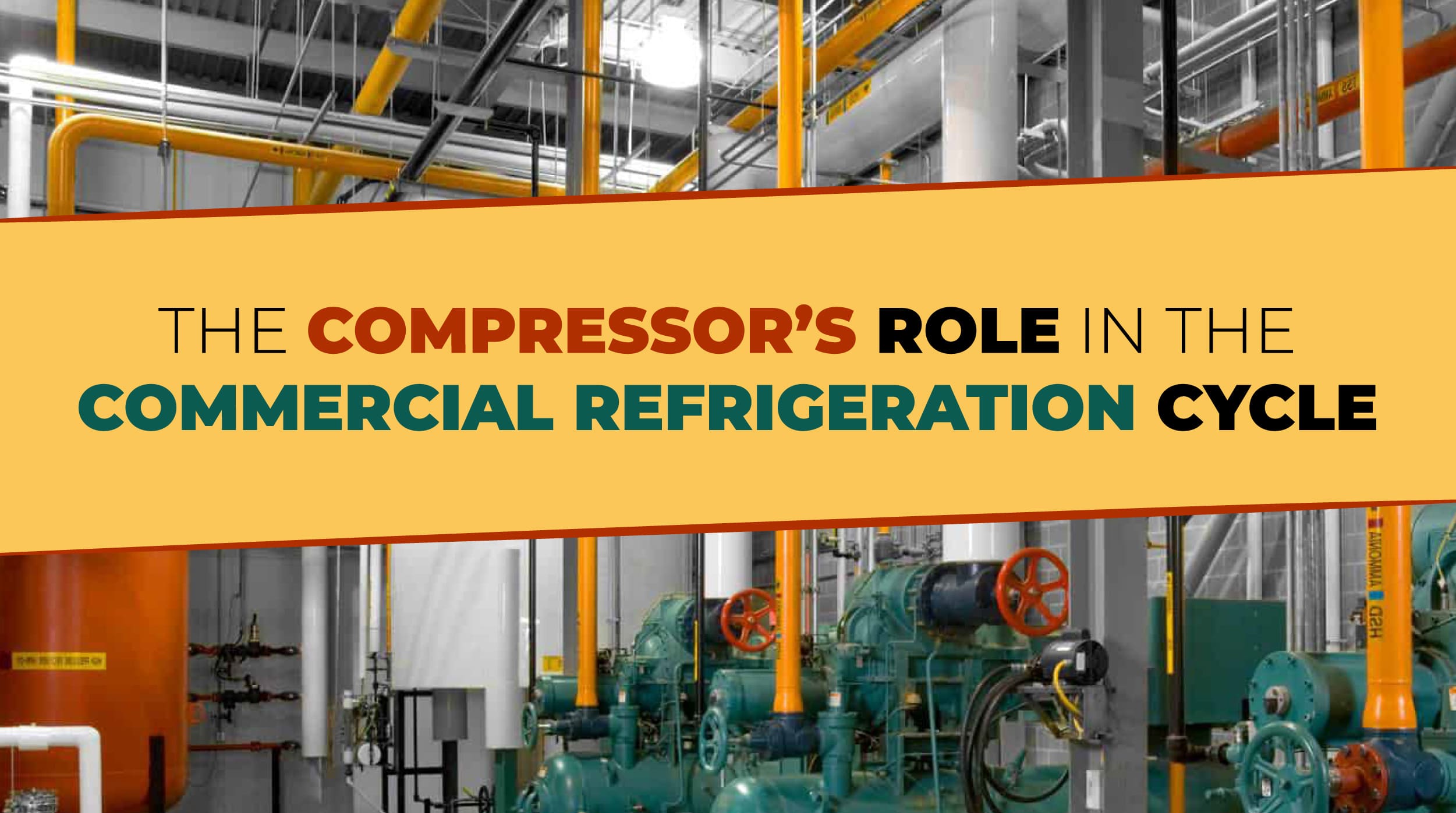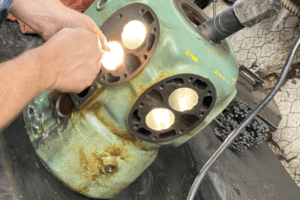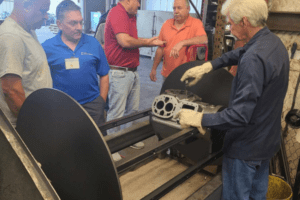

The commercial refrigeration system has expanded to a massive industry. The process of chilling can be a high-temperature process to get the environment to low-temperature freezing. Freezers hold key importance in the food business. If the refrigerating system does not work properly, the entire business is jeopardized.
Commercial refrigeration presents a challenge to the technicians, owners, and installers who deal with them everyday. There are several levels of installations, networks, parts, costs, etc. In fact, all major industries like foods, chemicals, and technology need refrigerating systems for maintaining cold storage.
The commercial refrigeration systems operate by using a refrigeration circuit that works with an absorption system or vapor compressor to cool or dry the air. The general principle of refrigeration expands the liquid into a gas and eliminates heat from the local area. One of the simple refrigeration cycle components is the commercial refrigeration compressor.
How Does the Compressor Work in Commercial Refrigeration
The compressor is used in commercial refrigeration by letting the refrigerant run the circuit. The compressor plays a role in the system like a heart in a living creature’s body. The power comes from the electric motor fixed in the system. This process eases the pressure on the refrigerant’s system.
The refrigerant flows from the compressor through a condenser. When this process happens it is in the condenser where vapor converts into liquid form and emanates heat. In the air-cooled process chillers, the vapor is presented to a higher temperature than the air going through the condenser. In water-cooled process refrigerant systems, the refrigerant vapor is presented to a higher temperature than the water going through the condenser.
The refrigerant process completes its cycle in the condenser. Now, it goes through the metering device or expansion valve and the pressure drops.
Finally, The refrigerant reaches the evaporator; here, the heat causes it to vaporize. The evaporator collects heat from the space that is set to be cooled. Then, the refrigerant goes back to the compressor and the entire cycle starts once again.
Industrial Refrigerant Systems
The above process describes the basic cycle of a commercial refrigeration system. The same process becomes larger and more complex when it is applied to an industrial size system.
You will find with industrial size systems that the loads are larger and run for longer periods of time to cover the existing needs of the current refrigeration cycle. This larger capacity of work definitely needs more resources. Lack or deficiency in the resources can affect badly on the performance of the system.
The temperature should also be lower as space is larger. The same factor of space has an impact on the amount of insulation material needed. Proper insulation needs more material to keep the cooling intact for a longer time.
The industrial cooling system is always multi-stage. For keeping all the stages at an optimum level of performance, a number of evaporators and compressors are needed. That is why when it comes to industrial refrigeration, more equipment is needed to keep the system working at the required efficiency.
For example, liquid receivers are extra equipment that is needed. These are units installed close to the condensers to receive and store the refrigerant charge in large quantities.
Suction trap is another equipment which is installed in an industrial refrigeration system for preventing liquid refrigerant from flowing into the compressor. It is usually installed close to the compressor and evaporator.
Low-Pressure receivers do the job of separating the liquid from vapor. Hence, their use comes handy in systems where the system is liquid-overfeed.
As you can see, no matter if you have a commercial size refrigerant system or an industrial sized refrigerant system, your compressor is at the heart of it all. Without a well-working compressor, your system is at risk for multiple malfunctions and possibly grave damage. Take care of your compressor by providing regular maintenance.












